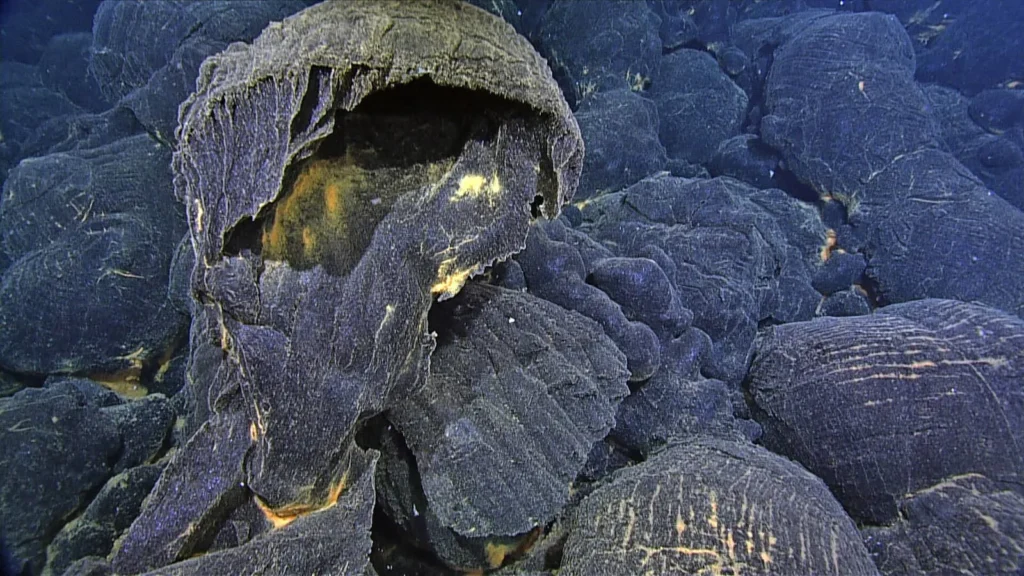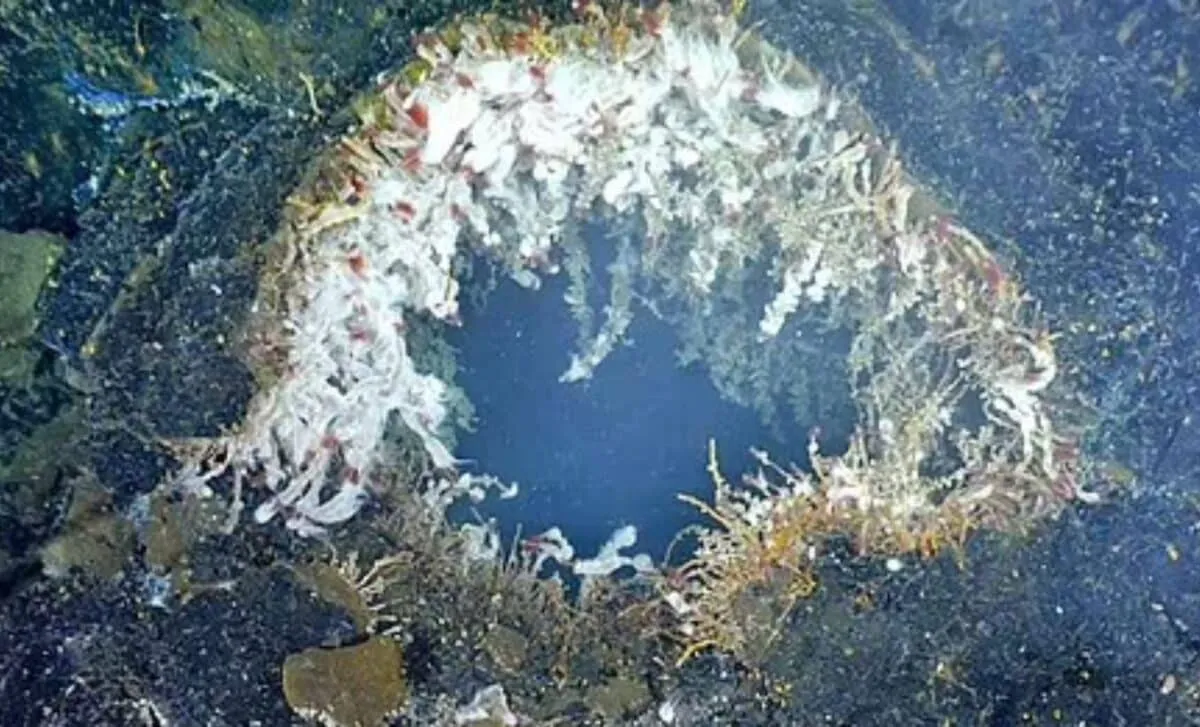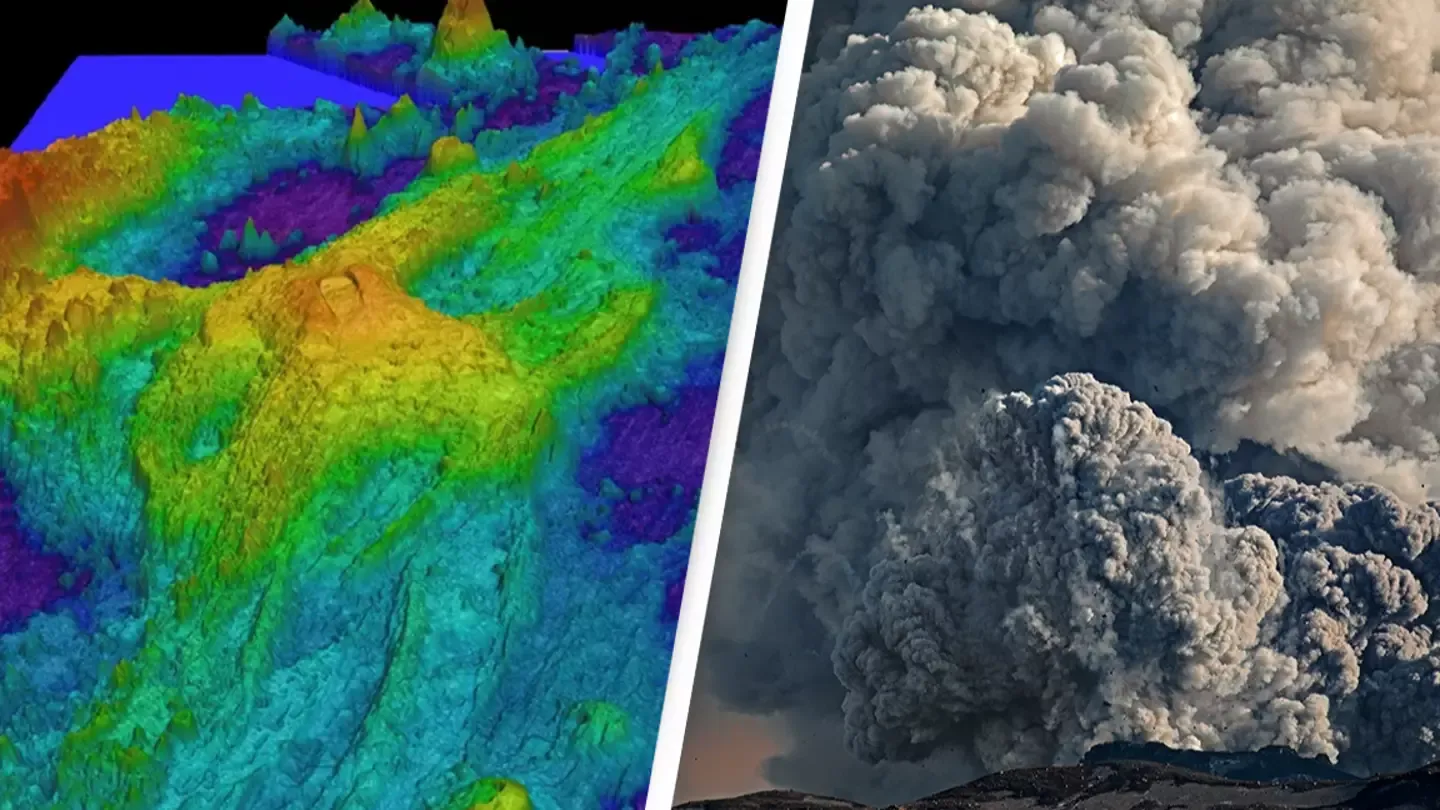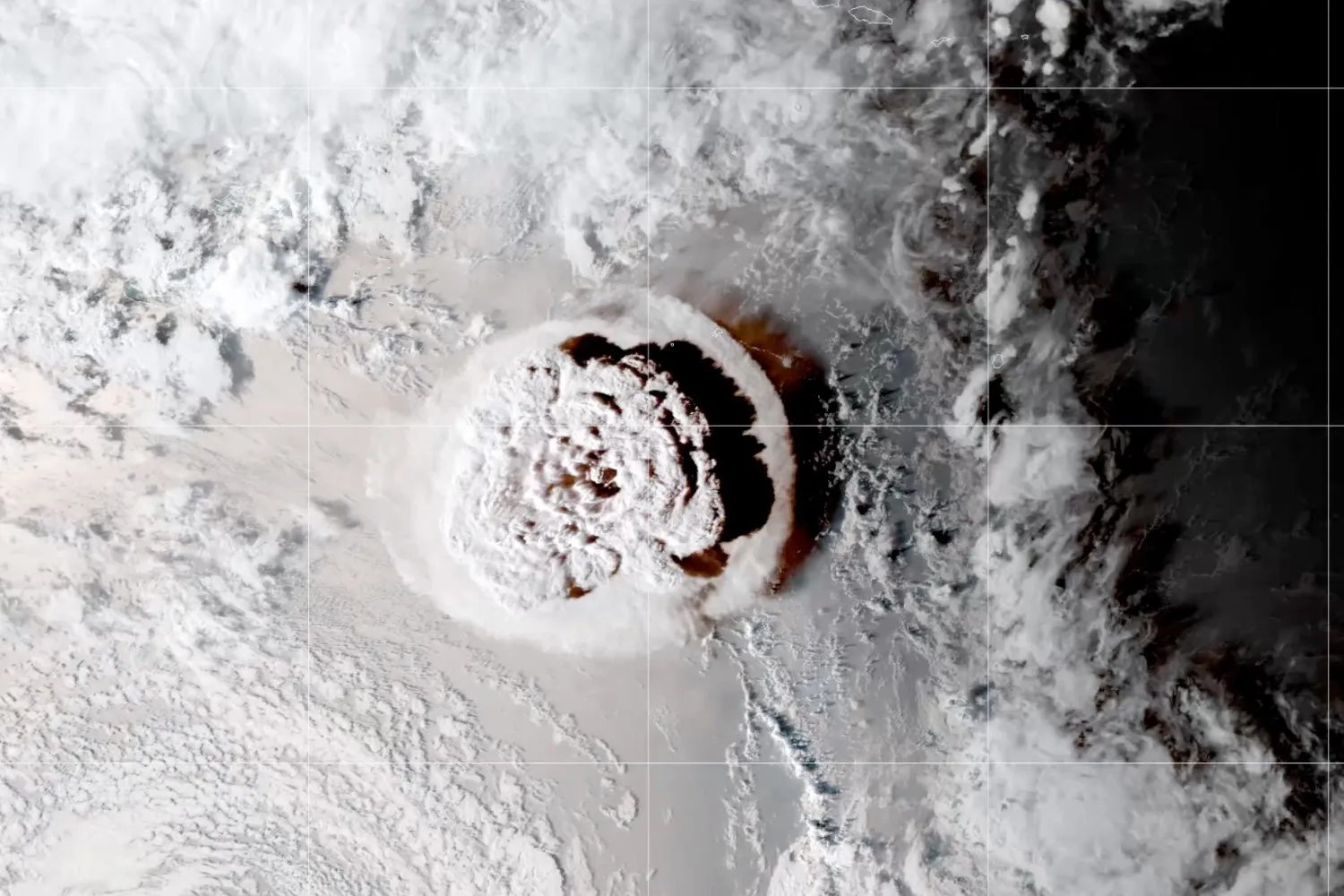
Positioned nearly 300 miles off the Oregon coast lies Axial Seamount, a colossal submarine volcano that is stirring beneath the Pacific’s surface. With an imposing height of 3,600 feet and spanning 1.25 miles across, Axial Seamount has become the focal point for scientists monitoring the seabed’s murmurs for signs of volcanic activity. Recent observations suggest that an eruption is on the horizon, potentially before the end of 2025. Yet, despite the bubbling unrest, the scientific community views this with a lens of curiosity rather than alarm.

The Science Behind the Swelling Sea Giant
Axial Seamount’s intrigue among volcanologists is not unwarranted. As Mike Poland from the Yellowstone Volcano Observatory explains, “This particular volcano is probably the best-monitored submarine volcano in the world. It’s fascinating and doesn’t really pose a hazard.” This giant rests along the Juan de Fuca Ridge, a significant chain of undersea volcanoes that stretch from Oregon to Alaska. Resembling Earth’s largest active volcano, Mauna Loa, Axial Seamount’s eruptions are expected to mimic the calm, effusive outpour of lava seen in Hawaiian lava flows rather than violent explosions.
Bill Chadwick, a research associate at Oregon State University, notes the continuous activity of Axial Seamount: “Because it’s had these three eruptions in the last 30 years, that’s why we call it the most active volcano in the Pacific Northwest.” The volcano’s behavior—a cycle of inflating and preparing for the next eruption—has become a routine yet critical part of their monitoring efforts.

A Closer Look at the Monitoring Marvel
The advancements in technology have played a pivotal role in the close monitoring of Axial Seamount. A suite of tools, including remotely operated vehicles and precise pressure sensors connected via a cutting-edge fiber-optic cable system, has allowed researchers to watch the volcano’s every move. Chadwick expressed his awe at the real-time data available, stating, “I can look at my laptop and see data that was collected 10 minutes ago at Axial,” showcasing the unparalleled level of surveillance that helps predict when the next eruption might occur.
The Volcanic Phenomenon Under the Ocean
Deep beneath the ocean’s surface, Axial Seamount behaves like a giant balloon filling with air. “The balloon keeps getting bigger and bigger. And at some point, the pressure becomes too great, and the magma forces open a crack, flowing to the surface,” Chadwick explained. This process results in the seafloor subsiding as the “balloon” deflates, a phenomenon that scientists have observed with increasing frequency as the volcano nears its eruptive phase.
Despite the significant activity, the implications of an eruption are minimal for those on the surface. The high water pressure above the volcano inhibits explosive eruptions, and the immediate cooling by the frigid ocean water solidifies the lava rapidly, forming unique geological structures known as pillow lavas.

Implications for Future Volcanic Research
The ongoing study of Axial Seamount is not just about waiting for the next eruption but understanding the processes that can apply to other volcanic systems, both underwater and on land. Poland highlights the broader significance of this research: “That we as a society are able to forecast eruptions of a volcano that’s offshore and under an awful lot of water, that’s amazing. If you can develop a model for how this works at Axial, it gives us a starting point that we can apply elsewhere.”
